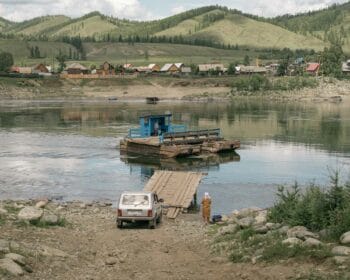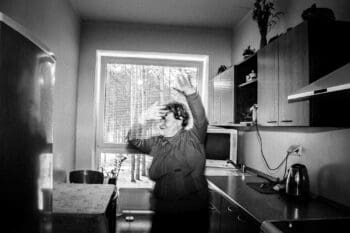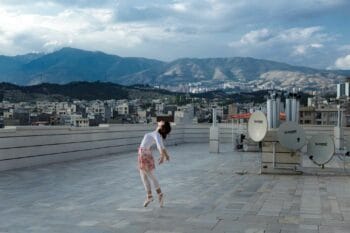How to create a photo series – ideas, themes and examples.
A well-crafted photo series can be powerful and emotionally moving. In this article you will find valuable tips from photography professors.
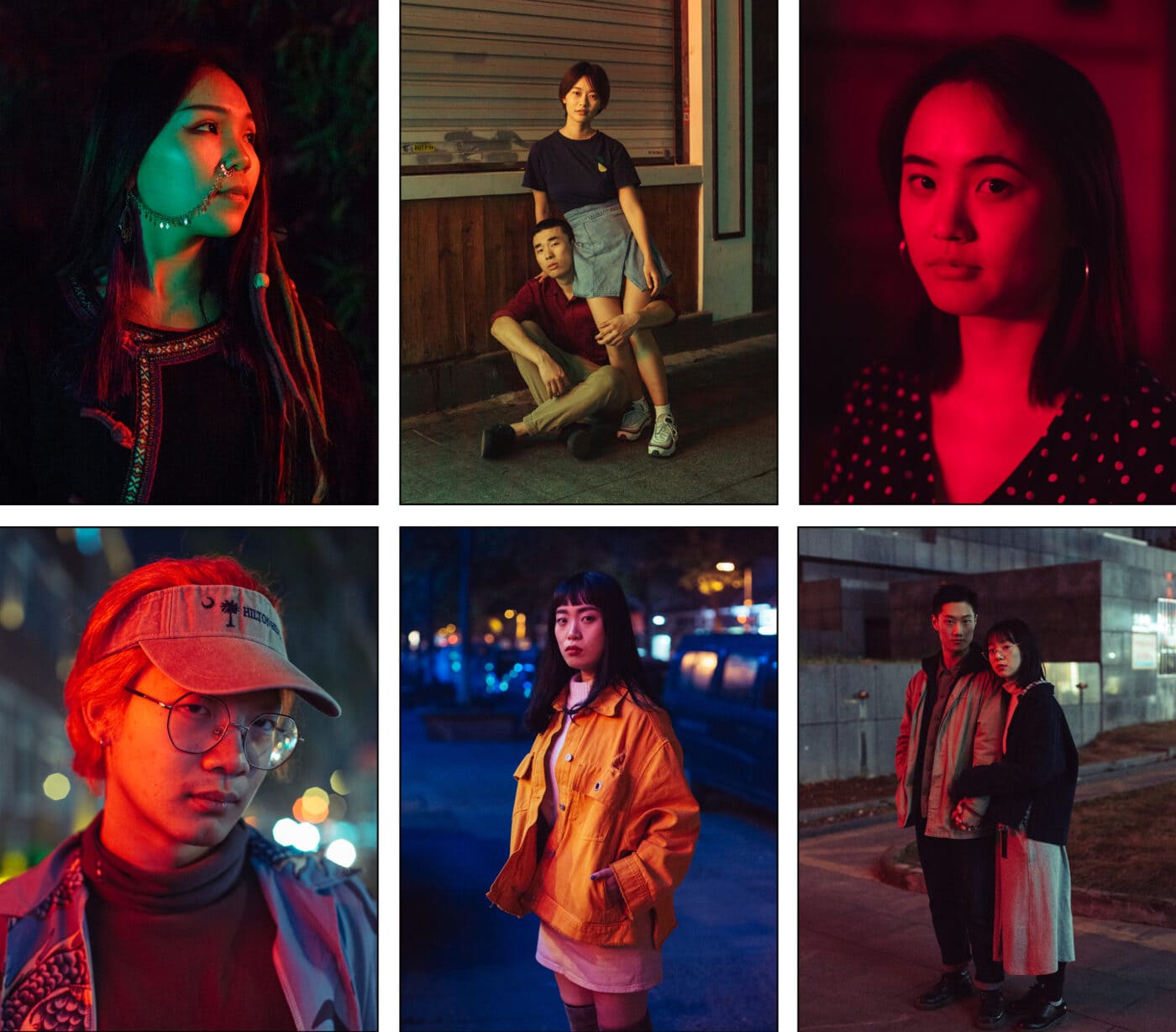 Photos: Andy Happel
Photos: Andy Happel
Looking for photo story ideas? Any photo always has a stronger impact when it’s embedded in a larger project. That’s why it makes sense to think photographically in terms of more than just individual images. You can also work on a whole photo series instead: You can touch people with a captivating photo series. It can be powerful and emotionally moving. It can also tell an entire story through a visual sequence, making complicated topics understandable. You can find exciting photo series in various fields – in newspapers and magazines, but also in PR and even in science.
If you want to work on a photography project, it requires careful planning, creativity, and solid execution. In this article, professors of the study program
Visual Journalism and Documentary Photography
creative advice for a meaningful approach. Whether you need to photograph a series for art class, are working on your application portfolio, or are researching for the school newspaper, this post will give you valuable tips and tricks for your photo story!
Content
1. finding a topic. What actually makes a good story? Tips for preliminary research and finding photo ideas.
2. taking photos. With the camera on site – and now? Dealing with light and shadow, color and how to avoid tunnel vision.
3. image selection and image editing. Where to put all the photos? Recommendations for editing and manipulating your photo series.
4. conclusion: The implementation from the idea to the finished photo project – here you will find all steps summarized once again.
1. finding a subject for a photo series
You should start by gathering ideas. You may find a topic that speaks to you personally or that offers an interesting angle. It is useful to research what other photographers have done in the past; look at photo books or successful photo websites and study how the images were composed. But it’s also a good idea to look beyond photography: Art, music, film and literature can also be a good inspiration for your photo series. Professor Michael Hauri recalls, “I used to go to a used bookstore when I was a student and look at old magazines and journals.” You can do this by looking for old issues of photography-heavy media such as National Geographic, mare or Life, for example. They are often a good starting point.
Deepening: What is the difference between photo series, photo essay and photo reportage?
The term “photo series” is often used as a synonym for “photo spread,” including in this post. A photo series in the narrower sense is understood as a series of images that are similar in structure (for example, in terms of perspective, distance, light, colors). Other photographic narrative forms include the photo essay and photo reportage. The difference is that these two forms are more about a change of rhythm and distance. A reportage has a beginning and an end (an example is the photo reportage by Shirin Abedi on this page). With a photo essay, on the other hand, each photo often tells its own story, in line with an overarching theme (as an example, you can find Nanna Heitmann’s photo essay on this page).
Photo stories by students in the Visual Journalism and Documentary Photography programme are also an ideal starting point. Students have created numerous award-winning photography projects that capture unique moments, cultures and stories through visual storytelling. The projects have won the World Press Photo Award and the Leica Oskar Barnack Award, among others. Professor Christoph Bangert, who used to travel all over the world as a photographer for the New York Times, gives the following tip: “It’s important to find a topic that doesn’t just interest you. Topics need some social or societal relevance.“ If you have an idea, you can discuss it with your circle of friends, for example. Perhaps there is a particular aspect that is especially exciting?
But it’s still often difficult to find a subject for a photo project that feels relevant. Dr. Karen Fromm, professor and art scholar, thinks about this: “To find out whether a topic has social relevance, there is certainly no one ideal evaluation procedure. The relevance of a topic can also change depending on context and time. Journalism has developed its own decision-making routines for determining relevance, often referred to as newsworthiness.” Prof. Karen Fromm has therefore designed a checklist of questions you can ask yourself when brainstorming ideas for your photo series.
Checklist: Relevance of a photo series
1. does your topic have significance for the public? For a specific target group? For a larger group of people?
2. do the events or topic you want to tell about have a larger impact, e.g. on a region, many people, etc.?
3. does the topic have a current reference? Does it have a novelty connection?
4. does the topic generate attention for a grievance?
5. does the topic provide orientation knowledge? Does it clarify about a context? Does it convey background?
Furthermore, Prof. Karen Fromm recommends that you always ask yourself the classic W-questions for your topic idea: Who? What? When. Where. Why? How? What for? Basically, however, it is always true for them that you should base the idea for your photo series on facts and data that can be experienced and verified. Be guided by the criteria of accuracy, impartiality and independence! A vivid example of a photo story with social relevance is the work “May I have this dance?“ by Shirin Abedi. For this she accompanied ballet dancers in Iran. The project is important because it’s not just about ballet. Shirin’s photo series tells of the situation of young women who want to develop themselves in a system that despises women.
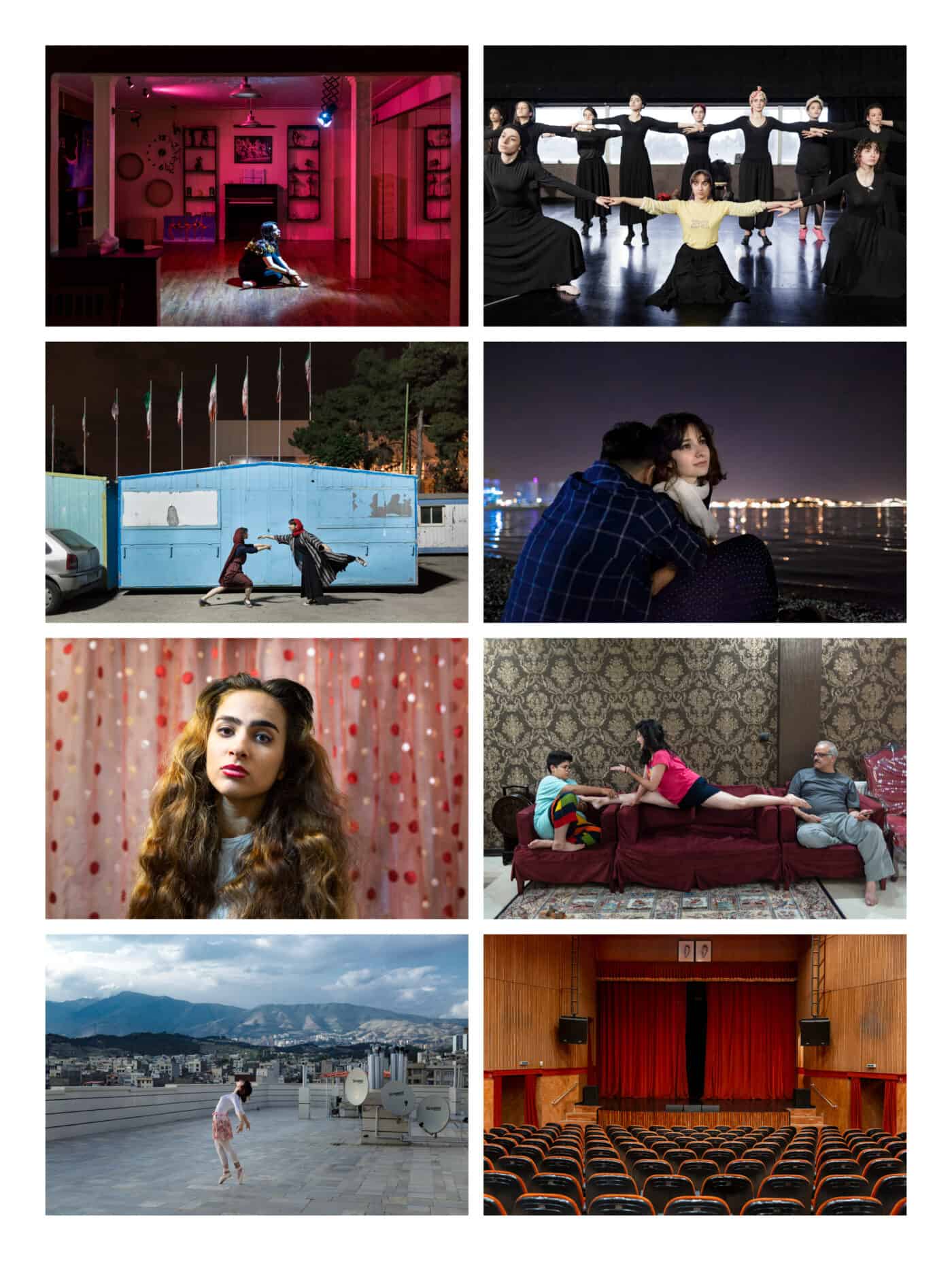 «May I have this dance?» by Shirin Abedi
«May I have this dance?» by Shirin Abedi
It’s important to find a topic that interests more than just yourself. Topics need a certain social or societal relevance.
 Prof. Christoph Bangert
Prof. Christoph Bangert
Of course, such research trips abroad are costly and require a lot of experience. That’s why it’s advisable to find a subject at your location for your photo series. It’s best if you don’t have to go far from home. Christoph Bangert advises: “It is always better to go from the big to the small. It’s best to start by finding just one protagonist.“ For example, Nora Börding accompanied the former forester Gerd Klamer for the Leipziger Volkszeitung. He walked 6000 kilometers through Germany to draw attention to the unfortunate situation of the local forests. Nora Börding tells an impressive story about the fight for nature conservation with this photo series on a small scale.
But a special place can also be an interesting subject. Former student Helena Lea Manhartsberger reports on a Viennese boxing club in her work “Fight Club”. This functions as an intercultural meeting place between hostile people from Afghanistan and Chechnya. This photo series also visualizes a larger theme in a simple frame. Often, however, the biggest challenge is to find not only a topic, but also a protagonist. Christoph Bangert recounts from his own experience: “It always helps to have a large circle of acquaintances. There’s always that friend, a friend who can help you along.“ Otherwise, Christoph Bangert thinks it’s important to explain honestly to people what you’re up to. “Take your responsibility seriously,” he advises. And, “Be nice. That’s the most important thing.“
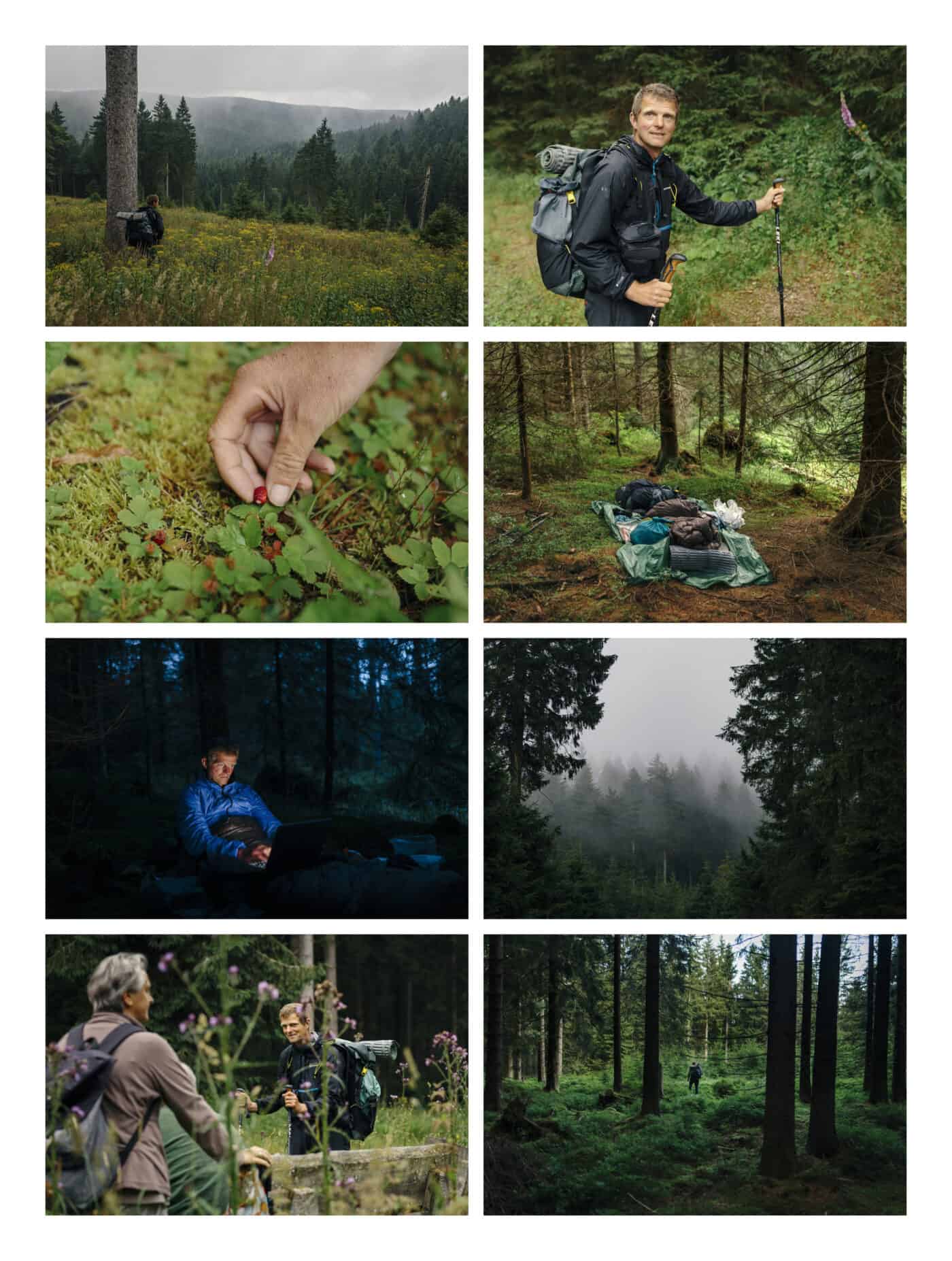 Nora Börding accompanied the former forester Gerd Klamer for the Leipziger Volkszeitung.
Nora Börding accompanied the former forester Gerd Klamer for the Leipziger Volkszeitung.
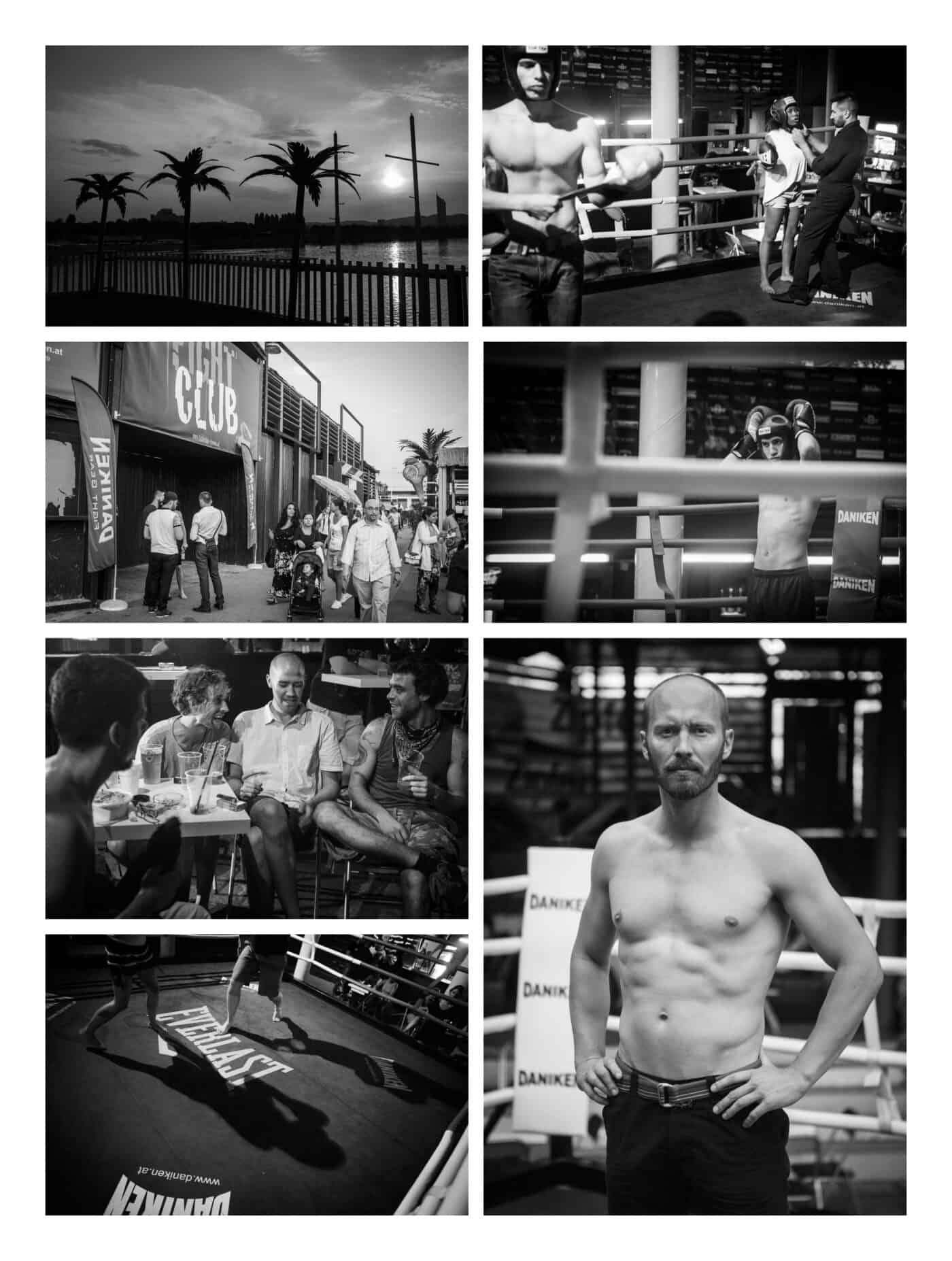 The photo project “Fight Club” by Helena Lea Manhartsberger
The photo project “Fight Club” by Helena Lea Manhartsberger
2. photographing a series of photos
The important part when creating a photo series is, of course, taking pictures. For Prof. Karen Fromm, this involves, on the one hand, developing a suitable visual language bracket for a topic. For her, that means, “It’s not just about developing a visual signature that people recognize you with.“ For her, it’s much more essential that the stylistic means fit the respective theme. Karen Fromm points out, “The imagery becomes part of the meaning of your work.“
From experience, dealing with your own photographic equipment on location is usually more difficult than you might expect. In practice, it can quickly happen that you set the wrong settings on your camera in your excitement. If you’re unlucky, you end up using the wrong exposure, for example, or can’t focus. For Professor Michael Trippel, who used to be a staff photographer at Stern, one thing is clear: “It’s very important that you master your camera blindly. You have to know how to change to f/4 on the dial even in the dark.“
It makes similar sense for Professor Trippel to be on site beforehand and look around a bit. He says, “I always look at the light. Is there any incident light or back light outside that I can use somehow? Or is there only subdued light?“ Because light is essential in photography. You can use it to highlight certain aspects of each image. By doing this, you’ll help the viewer focus on what’s important. For example, Agata Szymanska-Medina documented a group of charcoal burners making charcoal the old-fashioned way in the Polish Carpathian Mountains. The skillful use of light gives her picture of the coal furnaces a special drama.
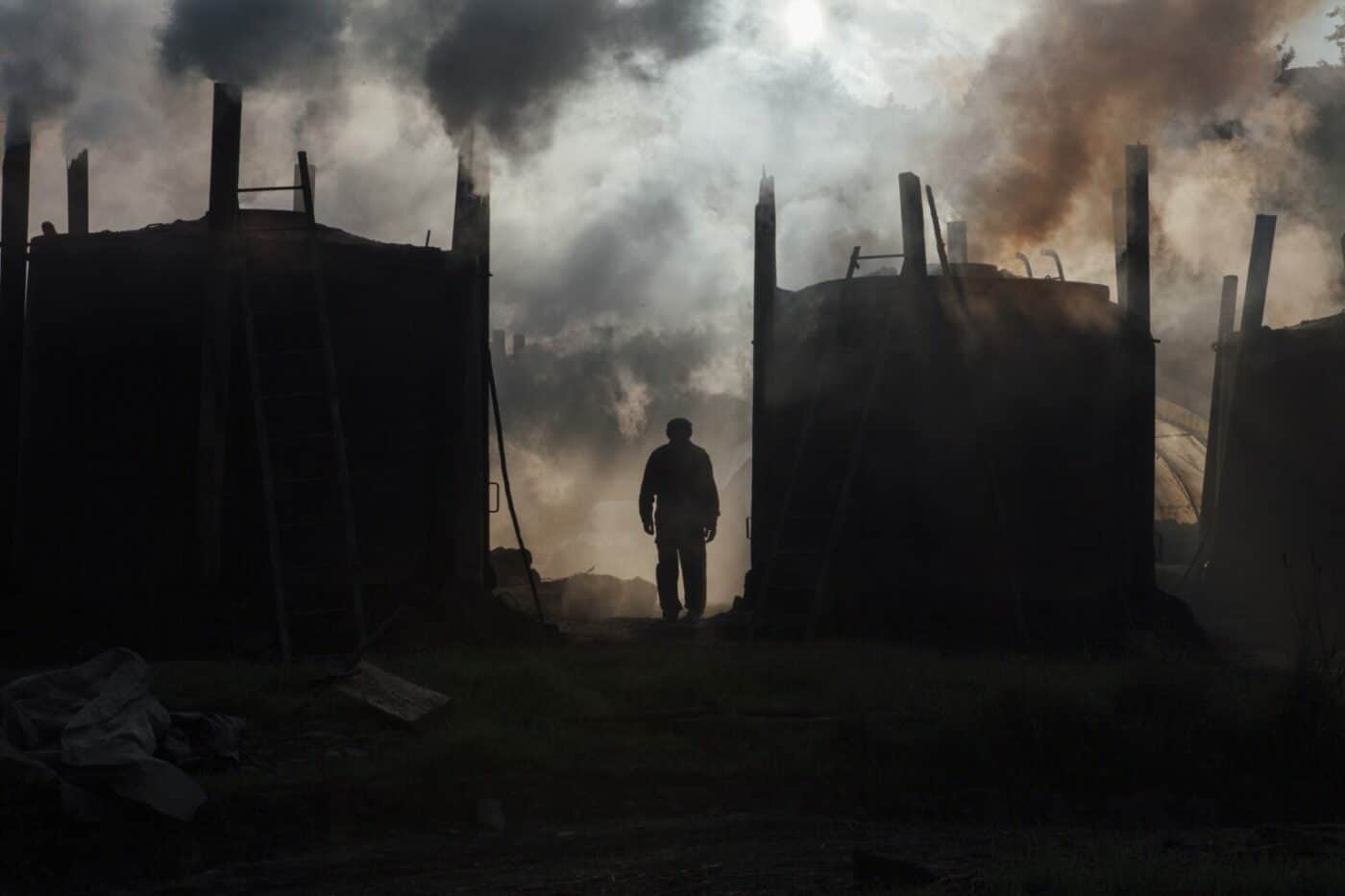 Photography from the series "Lost Paradise" by Agata Szymanska-Medina.
Photography from the series "Lost Paradise" by Agata Szymanska-Medina.
The visual language becomes part of the meaning of your work.
 Prof. Dr. Karen Fromm
Prof. Dr. Karen Fromm
Light often looks best when it doesn’t come directly from above. Faces in particular look more interesting when lit from the side. Therefore, one of the best sources of light are windows. Through them you often have a soft light from the side even during the day. This provides good lighting, especially for portraits. Ceiling light, on the other hand, often looks much more unattractive and boring. Especially when you visit your protagonists at home, you can work well with window light.
A great example is a portrait from François Klein’s “Isaya’s Dream“ series. The image is characterized by a soft, gentle light from the side. For Michael Trippel, from a journalistic point of view, it is perfectly okay to switch off the ceiling lamp indoors if in doubt. He remembers: “I always photographed with available light and without flash if possible – as long as the picture was still sharp. That goes up to a handheld exposure time of 1/30 of a second.“
You can also influence the lighting mood of your images by selecting the time of day. For example, student Jonas Kako photographed a piece on the drying up of the Colorado River. To do this, he frequently traveled through desert areas in the USA. The light there during the day is excessively bright and harsh – for photography this is usually quite unfavorable. Jonas Kako therefore decided to shoot mainly in the morning and evening. Due to the lower position of the sun, the light then comes from a flatter angle and has a warm color temperature. This provides atmospheric lighting. The two photographers Volker Crone and Rafael Heygster traveled through Germany together for DER SPIEGEL magazine in the summer of 2021. In the process, they documented the mood before the federal election. Through the use of flash, her images seem like scenes from a play.
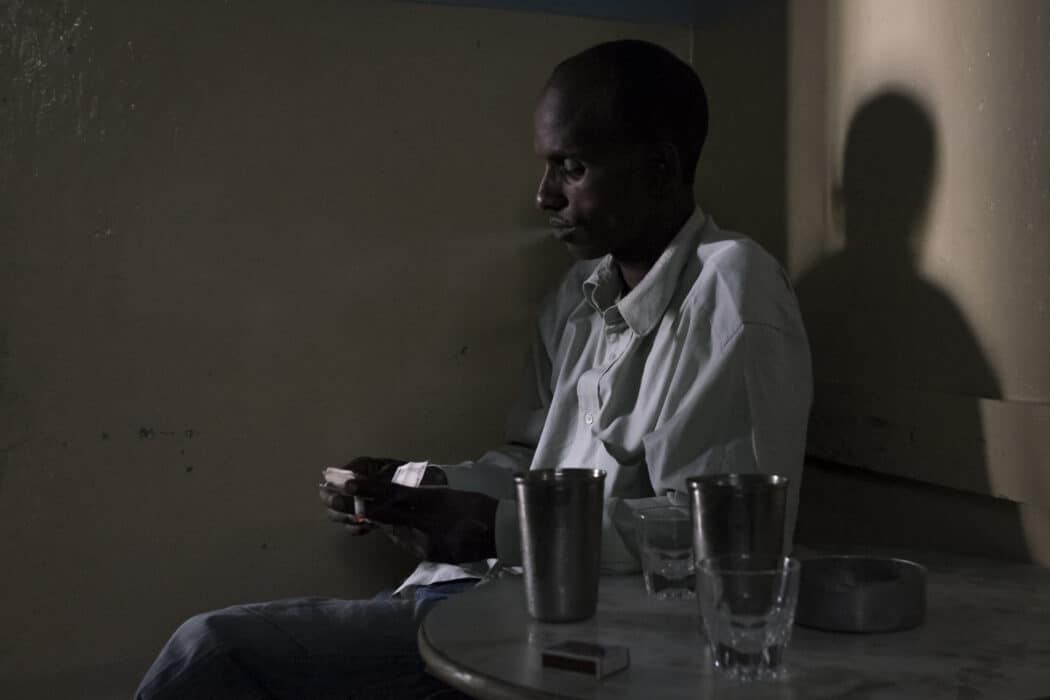 Photography from the series "Isaya's Dream" by François X. Klein.
Photography from the series "Isaya's Dream" by François X. Klein.
It is essential that you control your camera blindly.
 Prof. Michael Trippel
Prof. Michael Trippel
Another important factor in building a photo series is perspective. This is all about where you stand when you take each picture and the angles you choose for the shots. By playing with different perspectives within a series, you can create variety: try not to always shoot everything at eye level. Maybe there is another perspective that is more exciting? By alternating, you keep the viewer engaged, while also being able to highlight different aspects of your work. Photographer Daniel Chatard used sometimes extreme panoramic shots in his work on coal mining in North Rhine-Westphalia. This makes the dimensions of the lignite excavators clear. He shows the people concerned and their respective homes in more detail. An interesting contrast is created.
For Professor Michael Trippel, however, it’s also important not to overdo it when it comes to looking for interesting perspectives: “Sometimes I’ve noticed that I’m just constantly bending my knees or climbing up somewhere. Then it was actually always clear to me that I was just lost.“ In such situations, he advises taking a break and breathing deeply to get out of the tunnel. For example, you can pay attention to what you currently hear or smell. All of this can help you refocus on what’s important. Finally, when creating a photo series, don’t overlook the color palette: Consistent color tones across all images will help tie them together better. Of course, it is often difficult to control the colors of a location in a reportage. Nevertheless, there are numerous photographers who deal with colors in their work in an impressive way.
The student Emile Ducke, for example, is a master at using colors skilfully: In his multi-award-winning reportage “Diagnosis,“ he relied primarily on soft blues and pastel tones. Andy Happel, on the other hand, used very intense color tones in his portrait series on the lives of young people in China. His images are thus reminiscent of the lighting of famous neo-noir films.
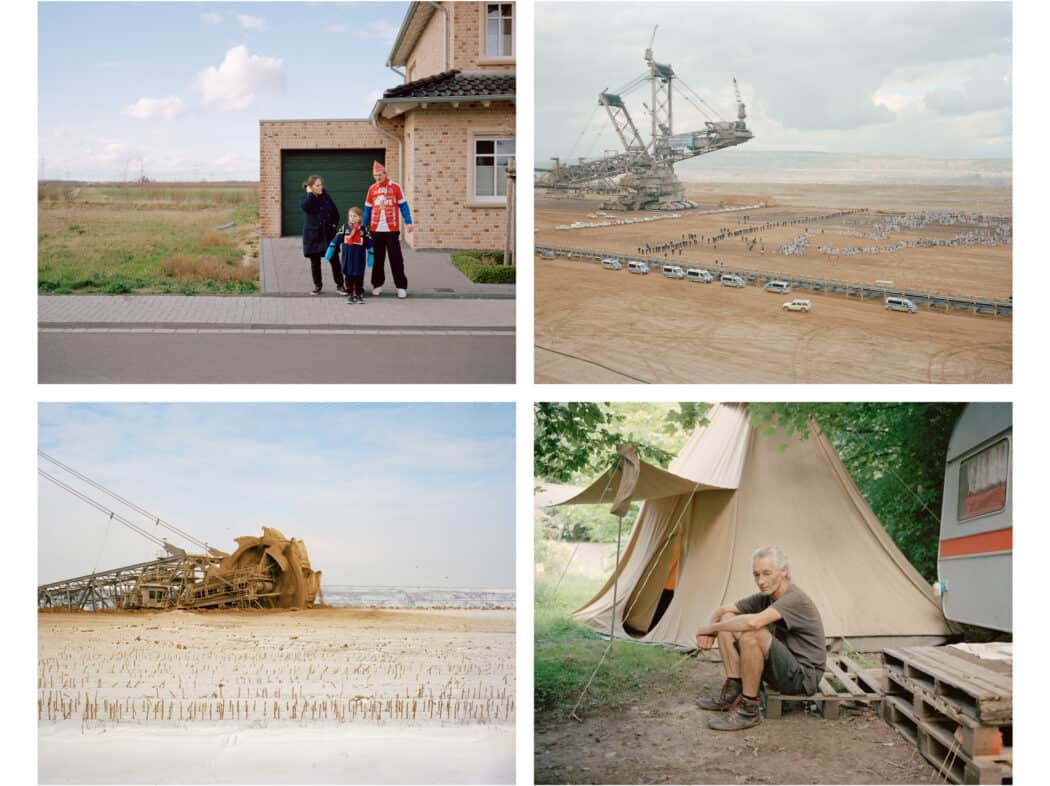 The series “No Man's Land” by Daniel Chatard deals with coal mining in North Rhine-Westphalia
The series “No Man's Land” by Daniel Chatard deals with coal mining in North Rhine-Westphalia
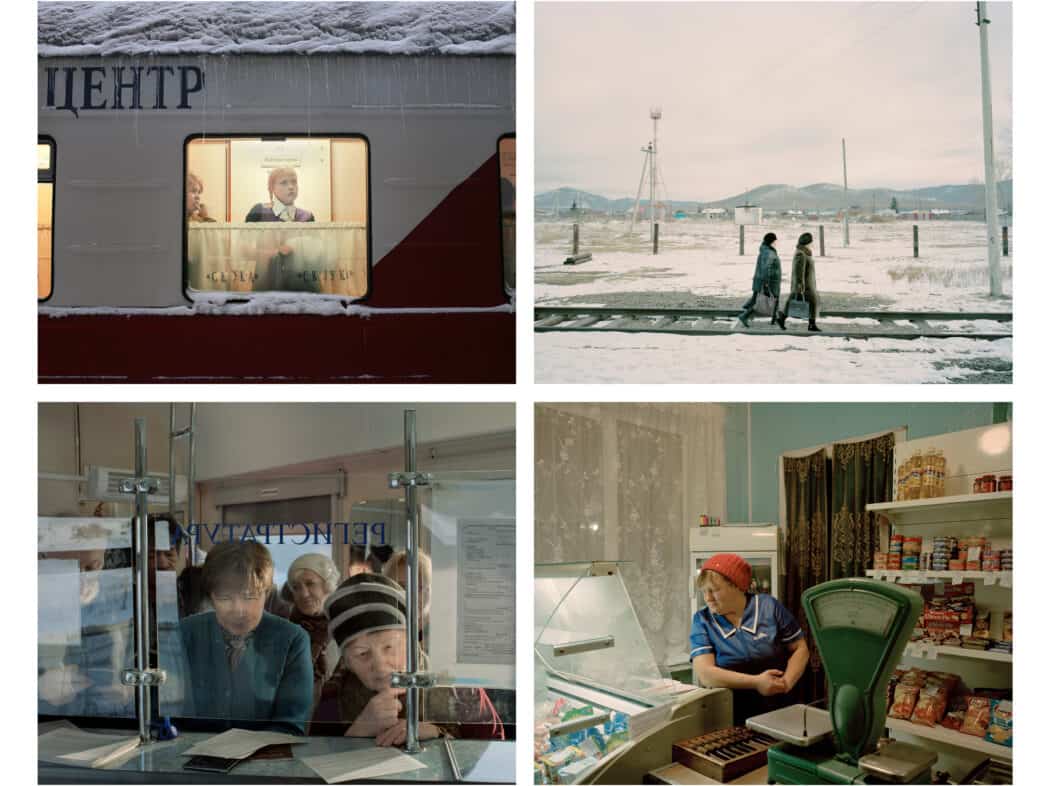 Photos from the series “Diagnosis” by Emile Ducke
Photos from the series “Diagnosis” by Emile Ducke
3. image selection and image editing for a photo series
If after photographing you back home, the next step is to select and edit the images. Professor Lars Bauernschmitt, who was managing director of the VISUM photo agency in Hamburg from 1993 to 2008, advises image editing: “Less is more. Avoid effects. Work with the automatic editing options at the beginning. Trust your image.“ If you’re shooting in RAW, though, be sure to adjust the white balance. This makes the images look more uniform.
Lars Bauernschmitt recommends picking out the ten to twenty best photos afterwards and printing them out: “You can arrange the pictures according to the chronological order in which something happened.“ For Lars Bauernschmitt, this is the easiest way to bring order to your pictures. For example, Patrick Junker’s touching work follows Gerd Kuck, who suffered from an incurable heart muscle inflammation. He had to wait more than ten years for a donor heart. In his final selection of images, Patrick addresses the time before the operation, the operation itself and also the time afterwards.
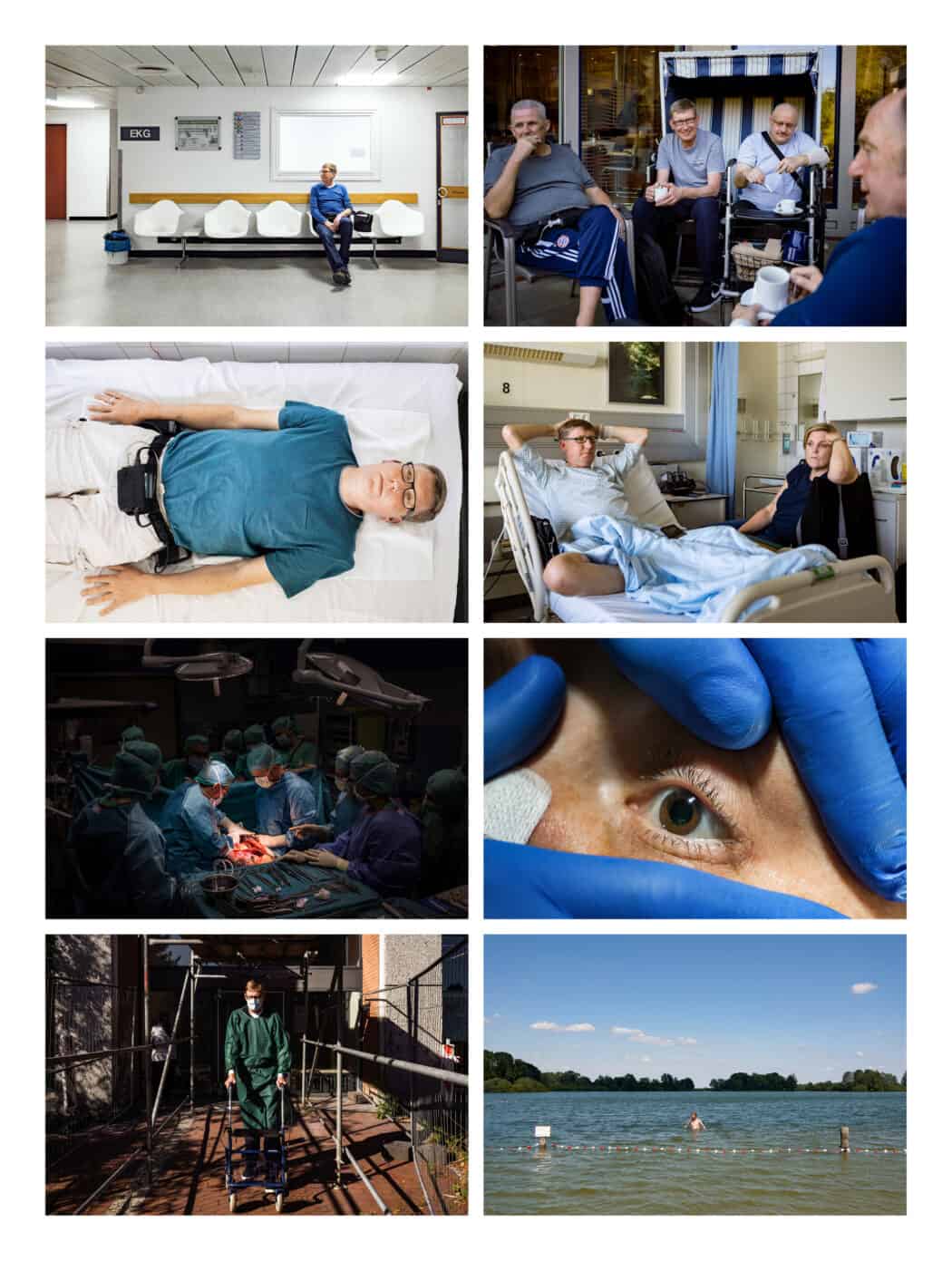 Final selection of the photo project “3804 Days” by Patrick Junker
Final selection of the photo project “3804 Days” by Patrick Junker
You should ask yourself: do my photos really convey information to people who weren’t there?
 Prof. Lars Bauernschmitt
Prof. Lars Bauernschmitt
But Lars Bauernschmitt also points out: “You yourself know what you have photographed. When you look at your pictures, all the memories of taking them come flooding back. You also remember sounds or smells when you look at your pictures. But you have to ask yourself: Do my photos really convey information to people who weren’t there?“ He therefore gives the tip to talk to your friends about your pictures: “Don’t give them any explanations about the pictures at first, if possible, but let them formulate their impressions. Do they recognize what you wanted to show? Or do they not see important details – because they are perhaps not well visible in the picture?“ In that case, he advises photographing the situation again – perhaps from a different perspective and distance.
Finally, Lars Bauernschmitt gives the tip to tell your story in as few pictures as possible. Does an image really provide a new aspect or is it just a repeat of something you’ve already shown? “You can also check this by describing the images in words – talk to yourself,“ recommends Lars Bauernschmitt.
When you’ve finished everything, share it online! By posting on social media platforms, others can easily access and engage with your work. There are numerous such social networks such as Fotocommunity, Flickr or Instagram, which explicitly deal with photography. You can post your pictures individually or create a gallery as you wish. Use hashtags that relate to the topics at hand to get better exposure online. By doing so, you’ll also increase the chances of potential collaborations with other creatives from similar genres. Find friends this way and exchange ideas with them! (But always be careful on the Internet, of course). This exchange is also important for professional photographers: they often have a photo community in real life. This helps them if they ever have a question about technology or preparing for a trip. This can also be a promising way to find new project ideas.
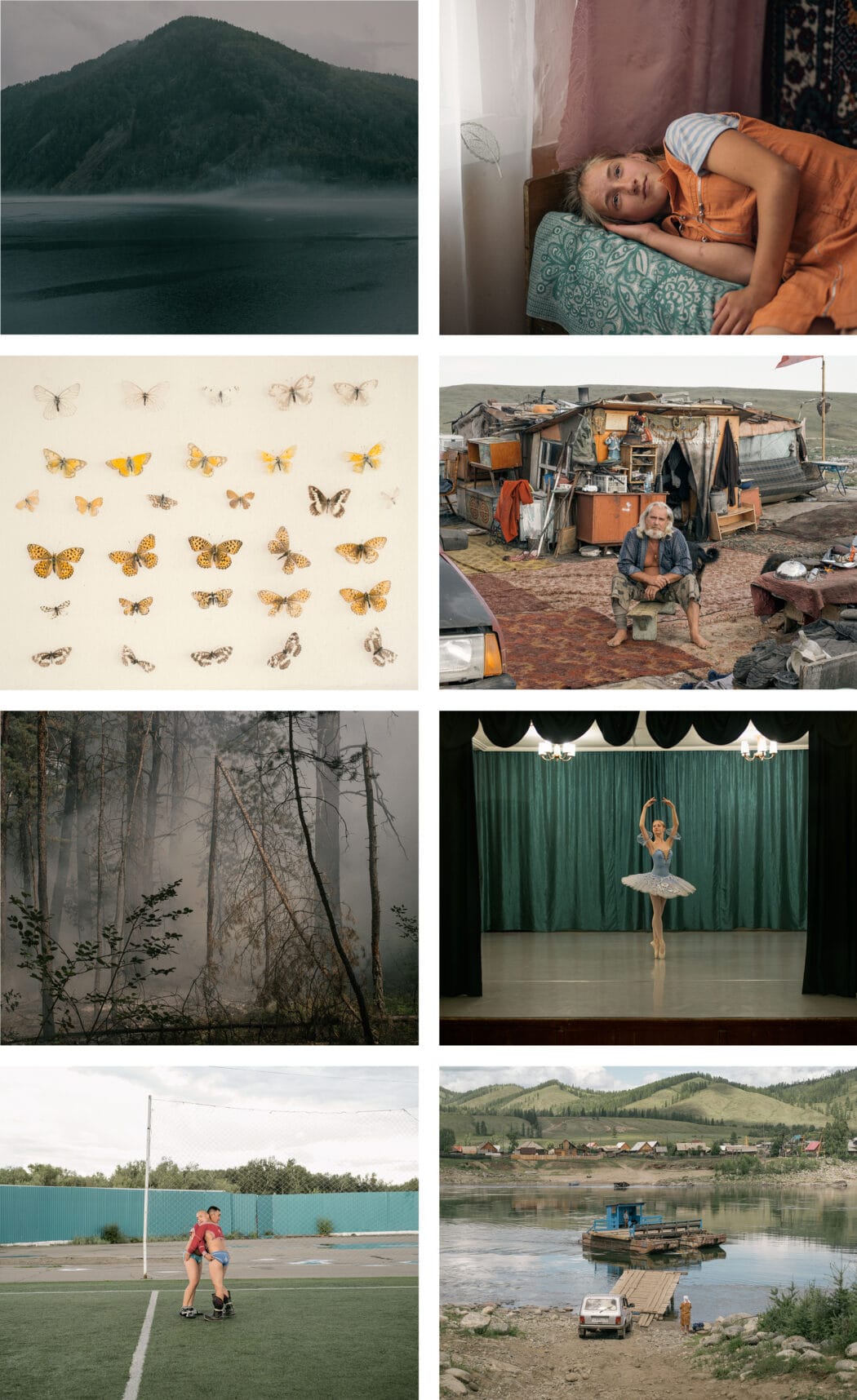 The photo series "Hiding from Baba Yaga" by Nanna Heitmann
The photo series "Hiding from Baba Yaga" by Nanna Heitmann
4. conclusion: the implementation from the idea to the finished photo project
In conclusion, when you’re looking for a photo idea, it’s always wise to get inspiration from other media, art and literature. Ideally, you’re looking for an idea for a larger project, preferably one with a social relevance. Don’t make it too complicated in the process, sometimes the best stories can be found right outside your home! Maybe there is someone in your circle of friends with an interesting hobby or profession? This often lends itself to a good story. So you can easily find creative photo ideas. After that comes the photography itself. Pay attention to light and shadow, color and image composition. But it’s important that you don’t overdo it either: while it’s important to showcase what’s happening well in your photos. At the same time, you should always stay true to real-life circumstances in your images and not over-dramatize things.
Finally, you need to select and edit your photos. This process is as important as the image making itself. Because even a strong photograph looks weak in a boring sequence. The same goes for image editing: try not to overdo it. The best image editing is often the one you don’t recognize as such. If you follow all these steps, your photo ideas can quickly become entire photo series. It will also allow you to see a whole new evolution in your photography. We wish you a lot of fun!
We created this post with the support of SE Ranking, as well as tools from Jasper AI and OpenAI.
